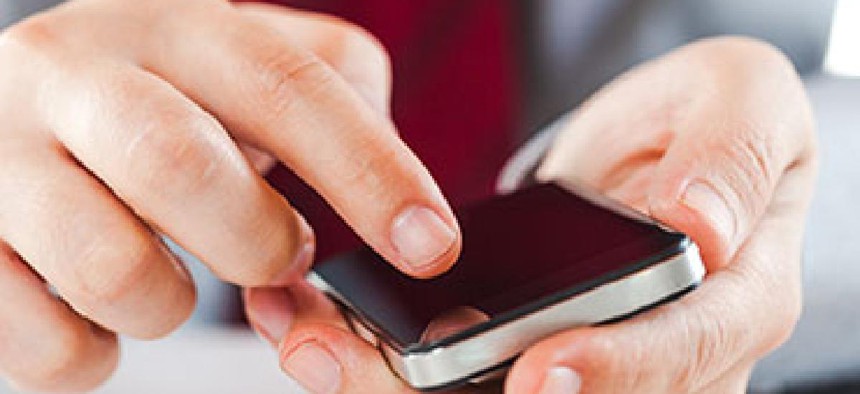Tech for 2020 Census comes into focus

Officials estimate that improved self-reporting could save $548 million, and that technology to improve the management and productivity of field workers could result in $2.3 billion in savings.

The clock is ticking on getting infrastructure and technology in place for the 2020 enumeration of the U.S. population. The 2010 Census cost about $13 billion, or about $94 per household. Census Director John Thompson has pledged to reduce the per-household cost, and technology is front and center for that plan.
The Census Bureau plans to use the Internet as the primary self-reporting option (as opposed to mail-in forms), and mobile technology to optimize the efforts of the army of field workers who will follow up.
In 2015, the Census Bureau is on schedule to finalize its operational plan for the 2020 count, according to bureau leaders speaking at the quarterly Program Management Review held Jan. 9. This plan includes design of the population survey, and the technology and processes that will be used to collect and validate population information.
"This Census is going to be like no other Census we've ever done," said Lisa Blumerman, acting associate director for decennial census programs. Officials estimate that improved self-reporting could save $548 million, and that technology to improve the management and productivity of field workers could result in $2.3 billion in savings.
Without technological and management innovations, the cost of the 2020 Census could rise as high as $148 per household, according to a May 2014 report of the Commerce Department inspector general.
Keeping track of the canvassers
The Census hires as many as 600,000 workers to handle the street-level work of canvassing non-respondents and conducting follow-up interviews. Tests on new management applications suggest that technology will help map out the routes taken by enumerators, keep them in closer touch with supervisors who can help smooth out knotty situations such as getting access to secure building and gated communities, and eliminate daily in-person meetings to collect assignments and turn in forms. It also gives managers the ability to validate the work of enumerators in real time.
"If we have an interviewer at McDonald's filling out their forms, sitting in one place, we'll know," Blumerman said.
The Census plans to test whether new command and control systems, including centralized command stations showing real-time activities of enumerators, and a mobile application used by field workers, can allow individual local supervisors to manage 23 enumerators each -- up from eight per local supervisor in the 2010.
The Census is still weighing its options when it comes to technology for enumerators. A request for information released in December 2014 points to a bring-your-own device approach. The Census is looking for applications that can live inside secure modules on employee Apple iOS and Android devices, which would pass data from site visits and interviews to bureau systems, so that command centers could get updates in near-real time. The application approach is also designed to improve the quality of the data collected, by varying the order of questions and possible responses in interviews.
Avoiding a repeat of past problems
Census BYOD will be tested in 2015 in Maricopa County, Ariz., on a sample size of 5,000 addresses. The bureau is looking to avoid a repeat of the problems in the 2010 enumeration, in which a $3 billion program to provide enumerators with handheld devices was canceled because the software failed to function as promised. This fiasco is still brought up by irate lawmakers in hearings years later.
A 2014 test in the Washington, D.C., area sought to prove out new methods of making initial contact with households. That test found that email is not an effective replacement for postal mail in publicizing Census activity. Total response rates were lower than control groups, and about half of all emails bounced back.
A new service called Notify Me, in which individuals could opt to be contacted by text message or email with Census information, attracted only about 30 people out of 10,000 offers. People were happy to go online and fill out Census forms after receiving a postcard in the mail, with more than 75 percent of self-respondents sharing information online. The test has convinced the Census that email is not the way to go when it comes to testing new ways to make contact with American households.






